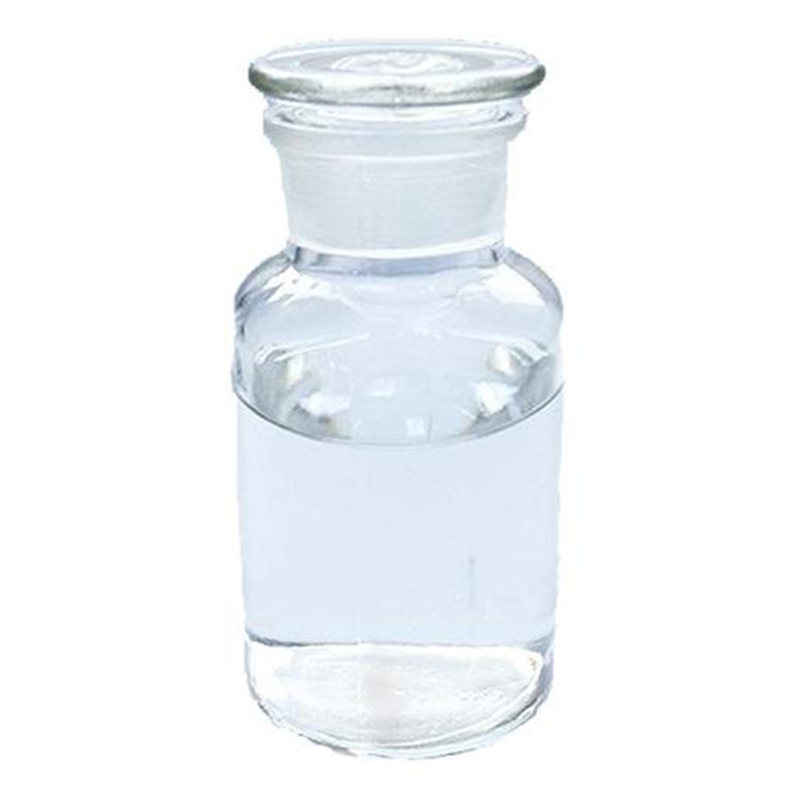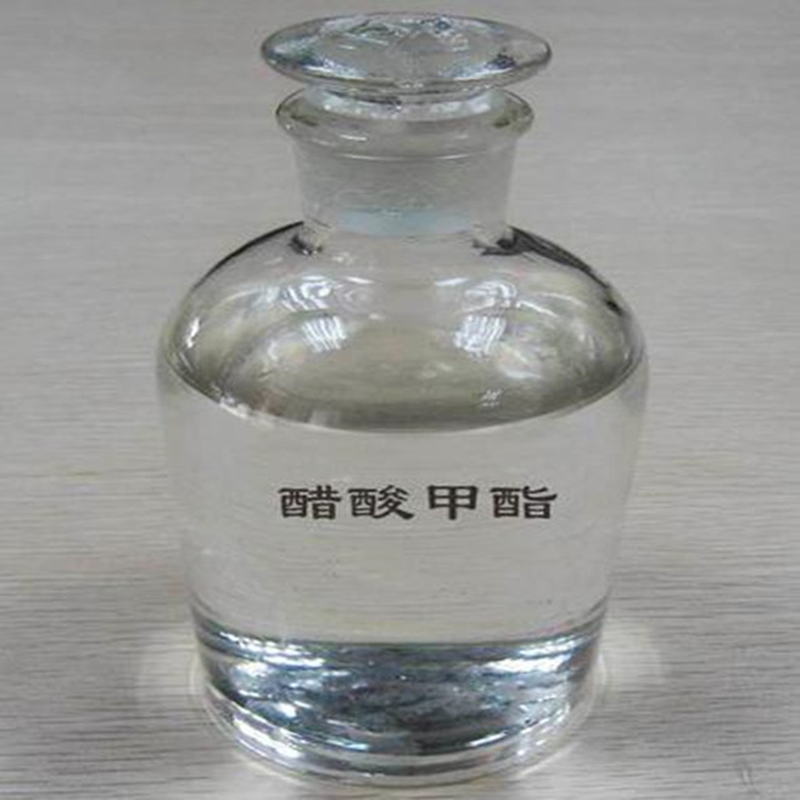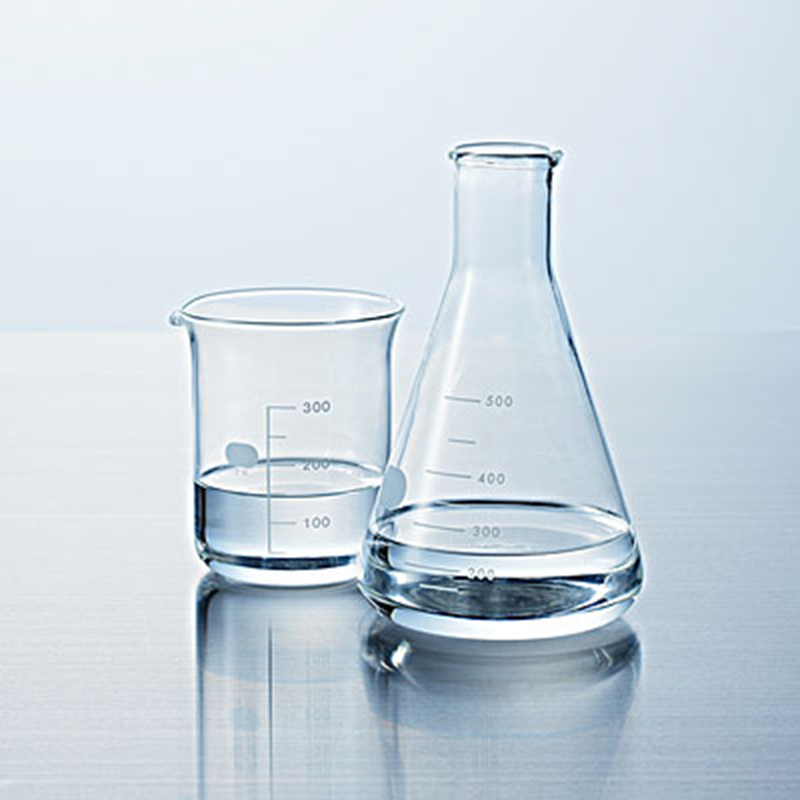
2-acrylonitrile
Key words:
2-acrylonitrile
Classification:
- Details
-
2-acrylonitrile
2-Acrylonitrile is a colorless and pungent odor liquid, flammable, and its vapor and air can form an explosive mixture. In case of open flames and hot topics, it is easy to cause combustion and release toxic gases. Reacts violently with oxidants, strong acids, strong bases, amines, and bromine.
chemical properties
Flammable, its vapor and air can form an explosive mixture. In case of open flame and hot topic, it is easy to cause combustion and release toxic gases. It reacts violently with oxidants, strong acids, strong bases, amines, and bromine. At high temperatures in the fire field, polymerization and exothermic can occur, causing the container to rupture.
Application field
Acrylonitrile is an important monomer for synthetic fibers, synthetic rubber and synthetic resins. Polyacrylonitrile fibers made from acrylonitrile are acrylic fibers, which have properties very similar to wool, so they are also called synthetic wool. The copolymerization of acrylonitrile and butadiene can make nitrile rubber, which has good oil resistance, cold resistance, wear resistance, and electrical insulation properties, and is relatively stable under the action of most chemical solvents, sunlight and heat. Acrylonitrile is copolymerized with butadiene and styrene to obtain ABS resin, which has the advantages of light weight, cold resistance and good impact resistance. Acrylamide, acrylic acid and its esters can be prepared by hydrolysis of acrylonitrile. They are important organic chemical raw materials. Acrylonitrile can also be electrolytically hydrocoupled to obtain adiponitrile, and adiponitrile can be hydrogenated to obtain hexamethylenediamine. Hexamethylenediamine is a raw material for nylon 66. It can manufacture water-resistant agents and adhesives, etc. It is also used in other organic synthesis and pharmaceutical industries, and is used as a cereal fumigant. In addition, this product is also an aprotic polar solvent and is used as a raw material for PAC142, an oil field mud auxiliary.
Acrylonitrile is an important monomer of synthetic fiber, synthetic rubber and synthetic resin, and an intermediate of insecticide insect nitrile.
Properties and stability
1. Chemical properties: Chemical properties are active, can occur double bond addition reaction, and react with corresponding inorganic or organic compounds containing active hydrogen to form a series of cyanoethylation products. It is easy to polymerize in the absence of oxygen or exposure to visible light, and can be strongly polymerized in the presence of concentrated alkali. It reacts violently with the reducing agent and emits toxic gases. Vapor mixed with air is easy to form an explosive mixture, which reacts strongly with the oxidant. In case of open flame and hot topic, it will cause combustion and explosion. It is easy to polymerize in light, heat, and long-term storage, and there is a danger of combustion and explosion.
2. This product is extremely toxic, and its toxicity to warm-blooded animals is about 1/30 of that of hydrogen cyanide. Acrylonitrile is not only toxic to vapor, but also easily poisoned by skin when attached to the skin. LD5015mg/kg was injected intravenously into mice, and LD50 was 93mg/kg in rats. Long-term inhalation of dilute acrylonitrile vapor can cause symptoms such as nausea, vomiting, headache, fatigue and discomfort. The maximum allowable concentration in the workplace is 45mg/m3. Production equipment should be airtight, and protective equipment should be worn during operation. If acrylonitrile splashes on clothes, take off clothes immediately, and rinse with plenty of water when splashing on the skin. If splashed into the eyes, rinse with running water for more than 15 minutes. If swallowed accidentally, lavage the stomach with warm salt water. In case of poisoning, sodium thiosulfate and sodium nitrite should be injected intravenously immediately, and a doctor should be consulted for treatment.
Leave A Message
More Products





